
Lately, writing from the American Southwest, I’ve had the luxury of basking in multiple layers of American history and the shapes of ruins left behind—and continuing to think about “changes in the land” (not unlike environmental historian William Cronon’s book of the same title, some 40 years ago).

In certain parts of the country, nestled in contemporary landscapes, are remains of cycles of settlement and conquest. Whether on the trail out the door from a visitors’ center, displayed in a museum setting, or hinted at in the real-fake environment addressed two days ago, ruins are a necessary part of our regular visual menus.
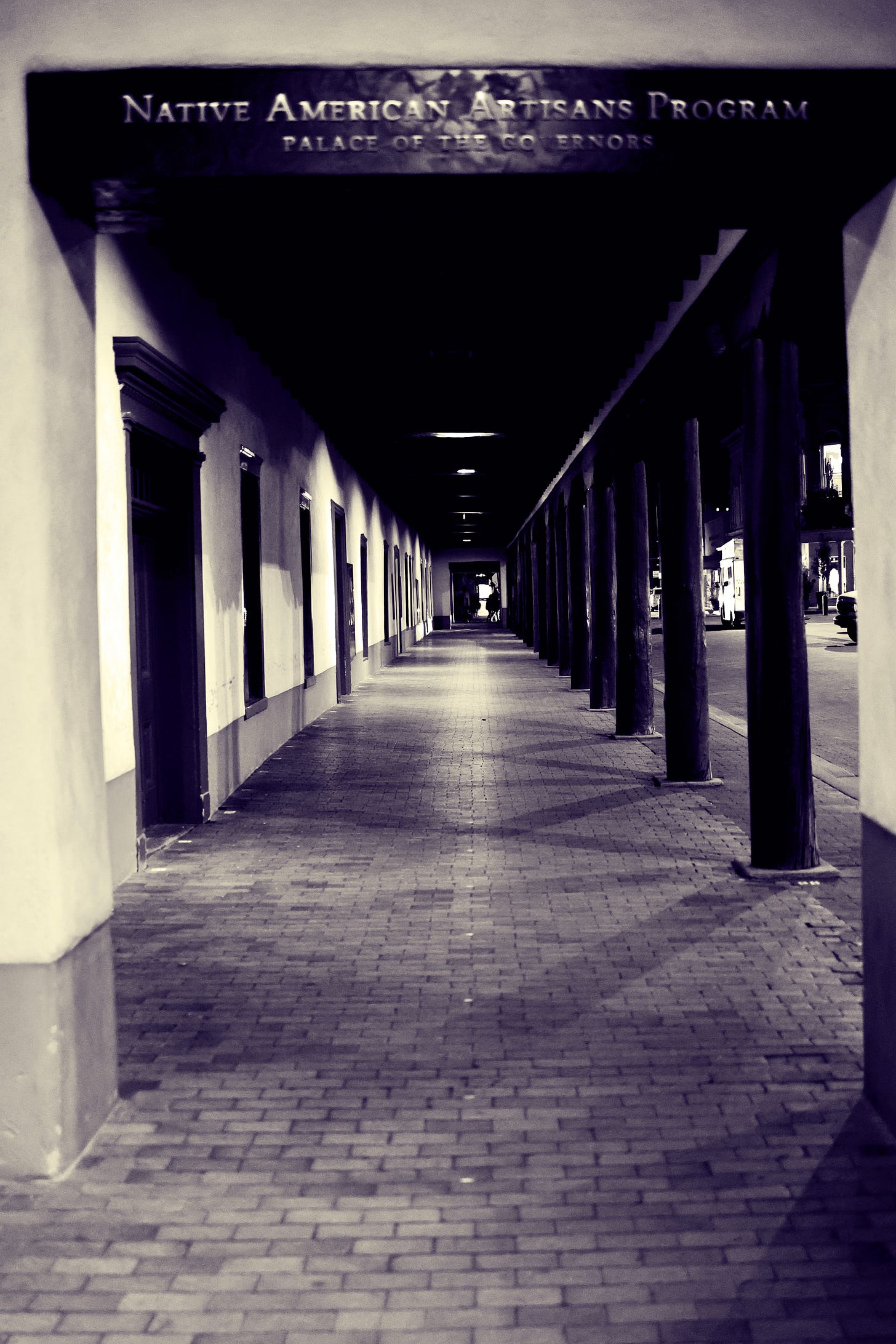
Over the years I’ve referenced the writing of landscape essayist J.B. Jackson, who, not surprisingly, came to center his life in Santa Fe. Several books have referenced his work in great detail (see his recent biography by Helen Horowitz, here, the classic edited volume by Chris Wilson and Paul Groth, here, and the Janet Mendelsohn/Chris Wilson compilation, here).
In “The Necessity for Ruins” (1980), Jackson explained that leftover edifices often inspire us “to restore the world around us to something like its former beauty.” Jackson’s advocacy for the use of ruins goes far beyond what we now call urban exploration, and helps us understand what worked—or didn’t work—before.
An Urban Digression
With Jackson in mind, I used to look for walkable, bikeable and transit-oriented places, reminiscent of times gone by. I stressed those already inherent in the evolving cities around us—remnants of earlier land uses and infrastructure eerily similar to what urbanist pundits call for today.
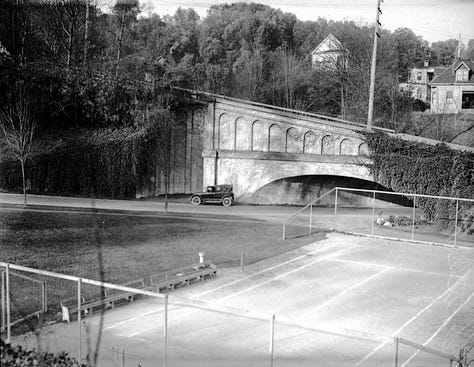
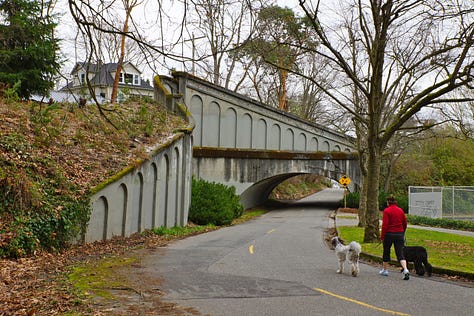
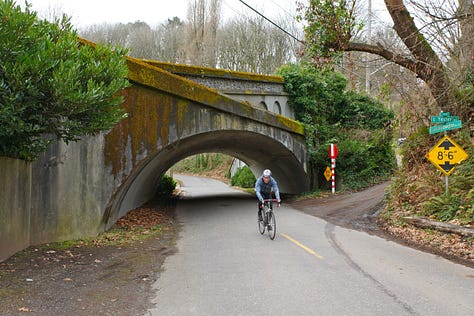
In that context, consider—as borrowed from prior writing— Seattle’s Leschi neighborhood, and how the city of 2024 overlays the city of 1930. As the use of automobiles increased, infrastructure, such as the former cable car bridge shown above, went out of service. In 1940, the cable car line was abandoned and replaced by a bus line.
Nearby, in Seattle and environs, today’s light rail is assuming the former role of the cable car. The Sound Transit tracks proceed northward and eastward, as the buildout of the region’s light rail system continues. Tracks are under construction across Lake Washington, not far south of the Leschi cable car’s former terminus—a dock that launched a long discontinued trans-lake ferry.
Real Ruins
Urban leftovers may illustrate firsthand Jackson’s championing of accessible, nostalgic vestiges of landscapes from the past.
But so do others—in Jackson’s former milieu. In one example the landscape of Pecos National Historical Park, outside of Santa Fe, documents the dance of pueblo, mission, and much more.
One need look no farther than the National Parks Foundation website and its key narrative of “ancient cultural exchange and geography:”
Pecos National Historical Park preserves Indian pueblos and Pecos cultural remains… Pecos holds 12,000 years of history, including two Spanish Colonial Missions, Santa Fe Trail sites, 20th century ranch history of Forked Lightning Ranch, and the site of the Civil War Battle of Glorieta Pass.
In a walk of just over one mile, several cycles of exploration, invasion, revolt, and merged traditions are abundantly clear. The landscape shows dramatic remains of indigenous life, repatriation, colonial religion and mission architecture, profiteering, and the settlement of the American West.
The Meaning of Landscapes and Ruins
First, this short post hopefully reiterates the importance of looking carefully for remnants and vestiges, even in recently developed places. There is always something in the local landscape to remind us of what was there before.
Second, this post asks what we do once we see that something—what to rekindle and what to avoid.
Jackson noted, “Ruins provide the incentive for restoration, and for a return to origins.”
Today, that could mean the continuation of sensible urban transportation tradition in Seattle, inspired by a defunct cable car bridge.
However, on a larger scale, in Jackson’s New Mexico, his quotation suggests that we look inward and more deeply, continuing to learn from the complex history of a colonial narrative which is still unfolding.





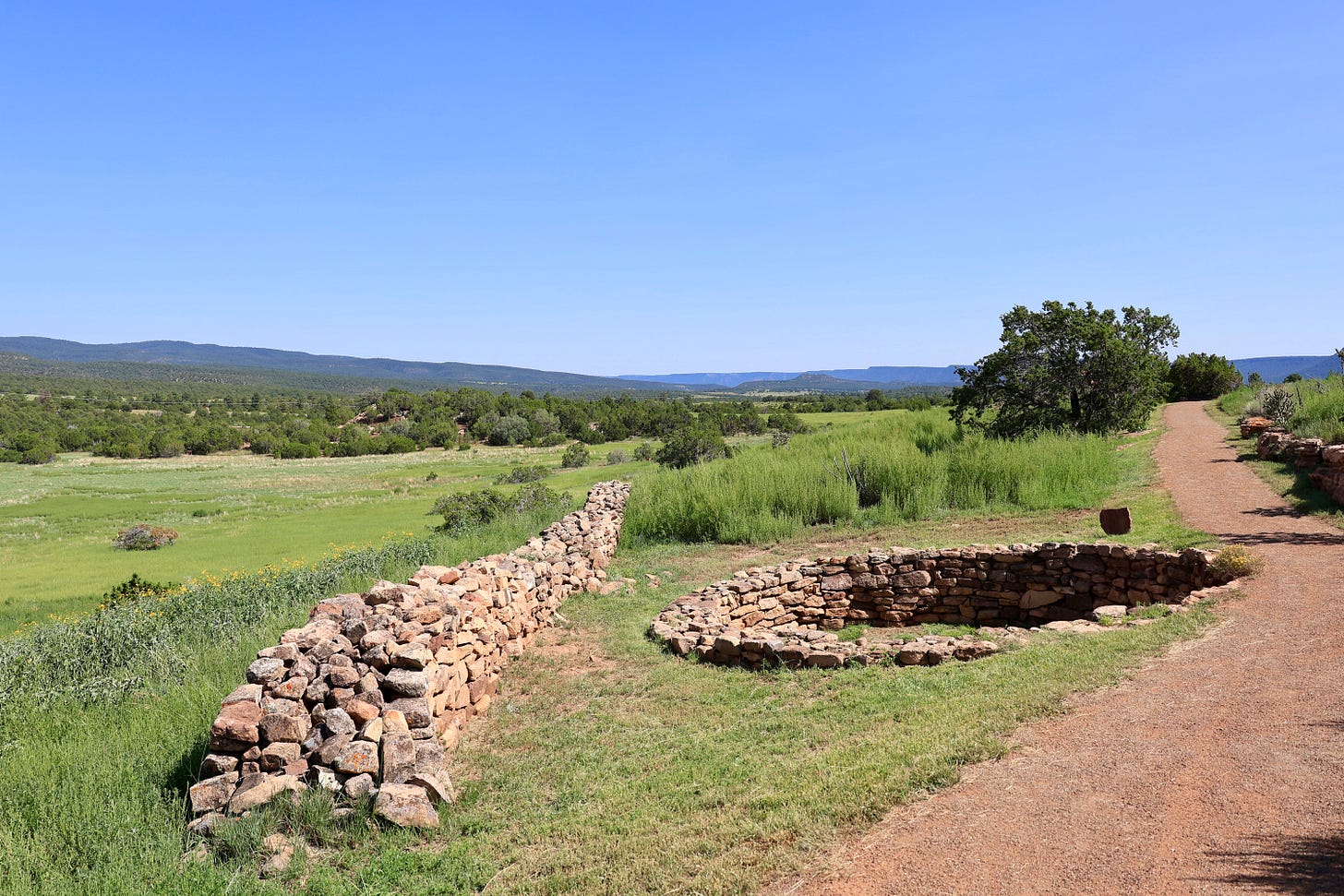
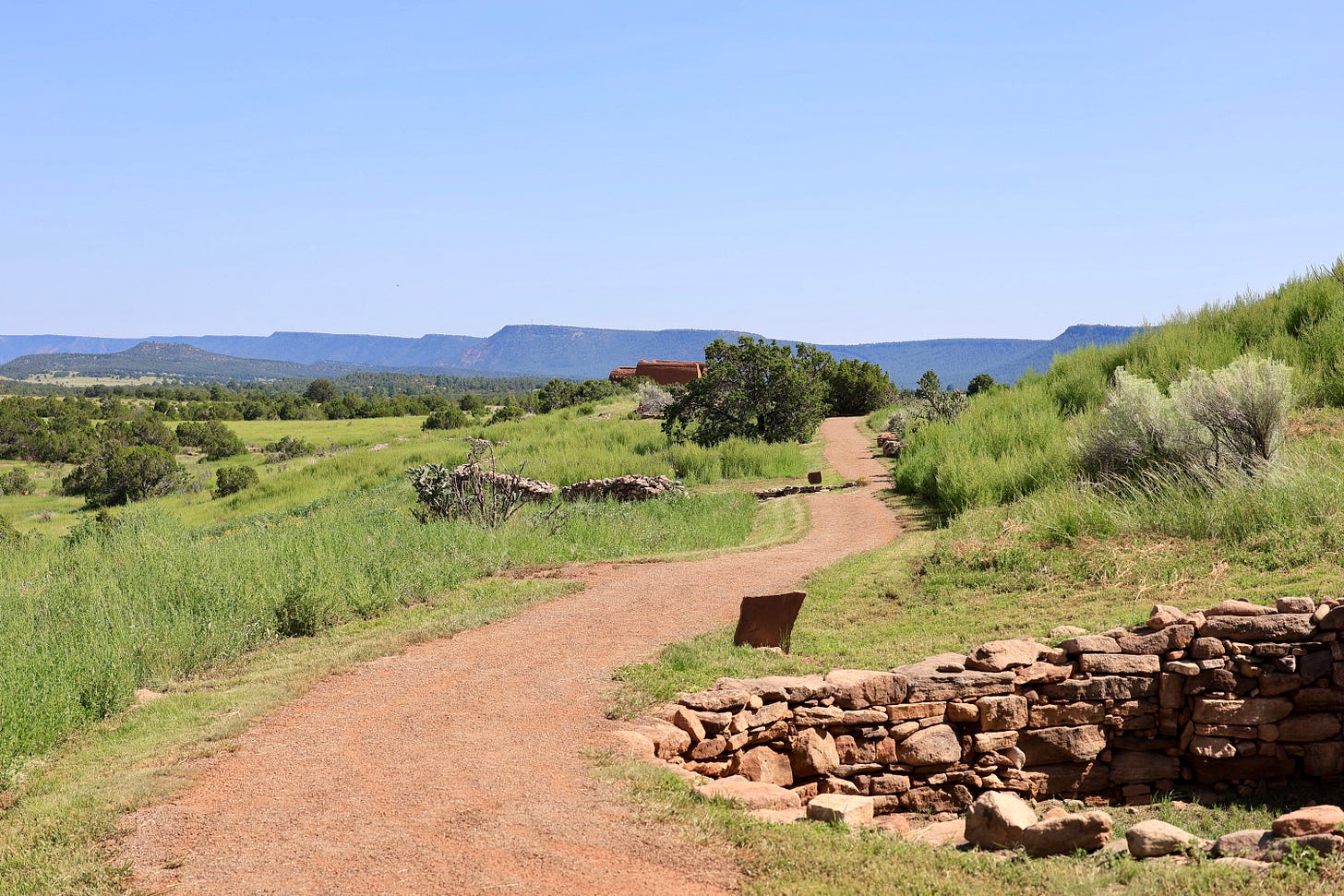
Chuck- I've always admired old town Santa Fe. It's so rich in history, and it's continuing to grow and evolve. This piece is a lovely reminder. Hope you're well this week. Cheers, -Thalia
I really enjoyed reading this. Sorry for the lack of profundity in this comment but I'm not sure how to better capture how you framed the mystique of ruins, and attraction to abandoned spaces.